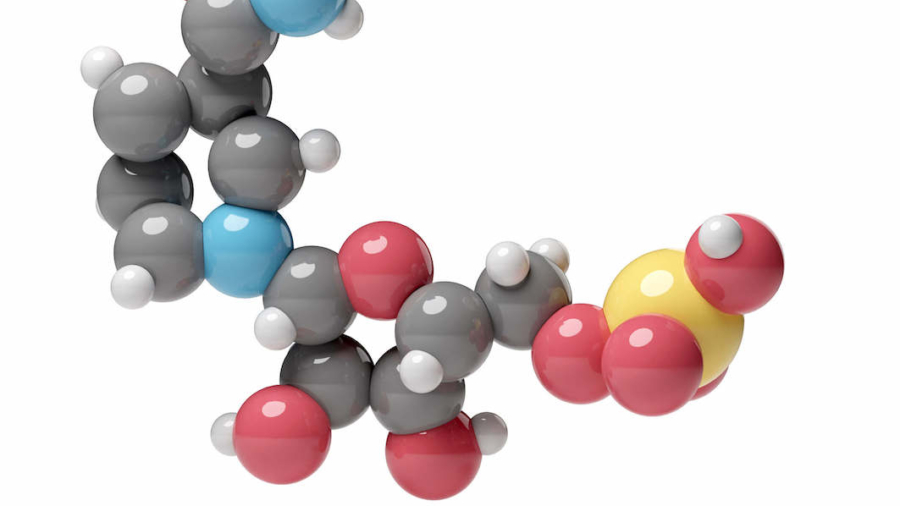NMN Induces Metabolic Shift in Damaged Cells to Promote Survival
By: Brett J. Weiss, NMN
Photo by: Dr_Microbe, iStock
UC Irvine scientists demonstrate that damaged cells undergo a metabolic shift to survive that arises from NAD+ depletion.
Highlights
- Cell damage initiates a metabolic shift to promote survival
- Blocking the damaged cell metabolic pathway leads to cell death
- NMN restores damaged cell viability by reversing the metabolic shift
As we age, our cells and DNA accrue damage. To offset this, our cells have developed damage sensing responses with a battery of proteins. One such DNA damage sensing enzyme is called Poly(ADP-ribose) polymerase 1 (PARP1), which consumes the vital molecule nicotinamide adenine dinucleotide (NAD+) to repair DNA and promote cell survival. But the consequences of NAD+ consumption by PARP1 in DNA-damaged cells are unclear.
Digman and colleagues from UC Irvine published a study in Molecular Biology of the Cell that provided evidence for a novel metabolic response that promotes cell survival in response to damage. Their findings indicate cells undergo a metabolic shift when faced with PARP activation that involves switching pathways that cells use to generate energy. “Our study provides an important paradigm for the mechanism of an inducible metabolic switch critical for cell survival against complex DNA damage,” stated the researchers in their publication. These results clarify cell pathways related to aging and damage, which is critical for the therapeutic development of drugs called senolytics that clear aged, non-proliferating cells along with anti-cancer drugs.
Read full article on the NMN website.



